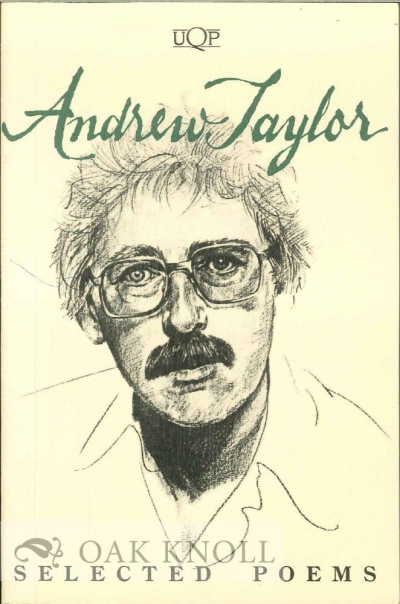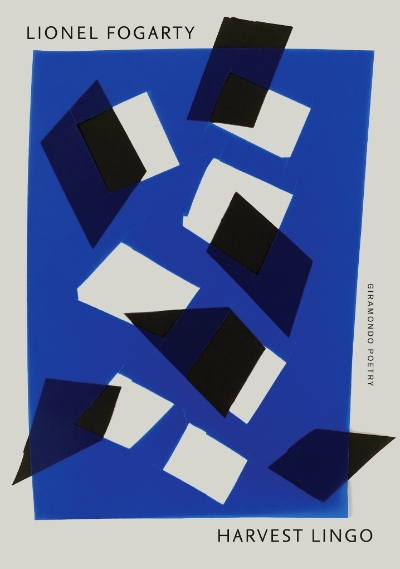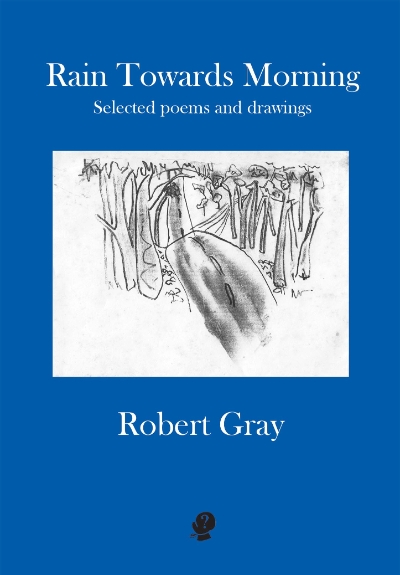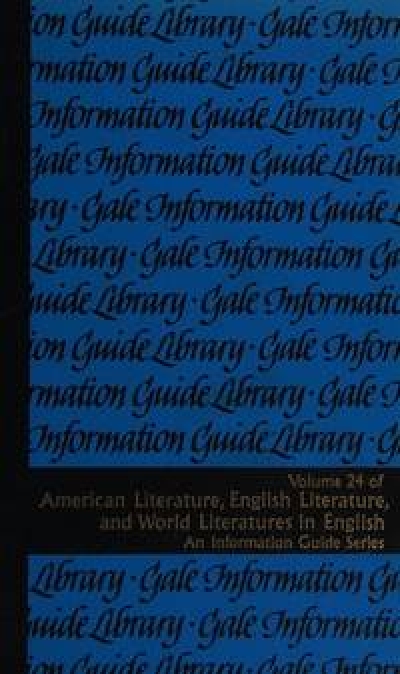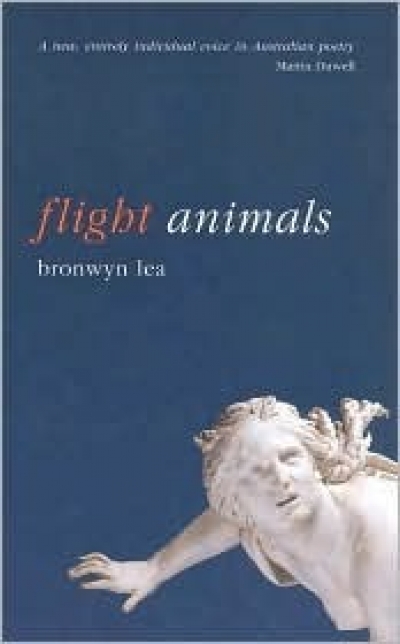Australian Poetry
Ballades of Old Bohemia: An anthology of Louis Esson edited by Hugh Anderson
Selected Poems by Andrew Taylor & New and Selected Poems by Philip Martin
Beginning in Sight by Theodore Ell & Trap Landscape by Nicholas Powell
Rain Towards Morning: Selected poems and drawings by Robert Gray
Modern Australian Poetry 1920-1970: A guide to information sources edited by Herbert C. Jaffa
we live with myriad trees
brush boxes engulf our balconies
October skins bursting pistachio green
beneath in bark litter
Chinese boys carry lattes
crack basketballs down the middle seam
Flight Animals by Bronwyn Lea & Sensual Horizon by Martin Langford
What do we do with literary magazines? How do we read these more or less accidental collections of literary fragments? How can we say that they matter? It would be nice if we could hold on to the heroic model of the modernist little magazine always ‘making it new’, forging a space for the advance guard, with what Nettie Palmer once called a ‘formidable absence of any business aims’. But, in the age of state subsidy and university support, and with large publishing houses intervening in the magazine market place, this would be sheer nostalgia – though in a form that might still motivate new magazine projects.
... (read more)


